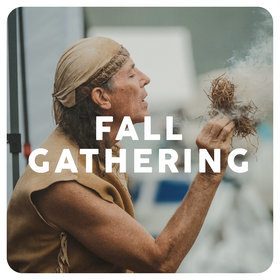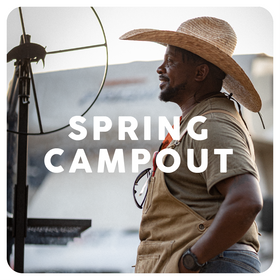
Top 5 Medicinal Plants for Bushcraft

A key goal of bushcrafters is to replace equipment with knowledge, allowing for comfortable, ethical living off the land. But bushcrafting also sets you up for wounds and illnesses, so a large first aid kit is standard gear for the average outdoorsperson. But an extraordinary bushcrafter knows how to harness the powers of plants and mushrooms, just as our ancestors did, to deal with common issues in the wild. Here are my top five medicinal plants & mushrooms, based on years of study and experience as a medicinal chemist, herbalist, and outdoorsman. These are all found across North America, and should be some of the first plants you learn to identify in the wild.
Willow – pain relief, fevers, heart attacks

The bark of willows (Silax species) contains the molecule salicin, which turns into the medicine we know as aspirin on contact with stomach acid. Boil two tablespoons of finely chopped willow bark in one cup of water for a few minutes to extract the salicin. Once this reddish tea cools, drink it down. For heavier pain, a second cup might be needed. Besides relieving pain and reducing fevers, it also interferes with blood clotting and so has been used as immediate aid during heart attacks. However, do not use it to treat strokes as it will interfere with stroke medicinal treatments.



Yarrow – bleeding, antimicrobial, antifungal

Yarrow (Achillea millefolium) was a key part of the personal medical kits carried by soldiers of the Roman Legions. The crushed leaves and flowers release compounds that quickly cause blood to clot while also killing harmful bacteria and fungus. Stopping bleeding and disinfecting wounds are critical knowledge for anyone handling sharp tools far from civilization. The stem, leaves, and flowers can be pre-dried then powdered to always have on hand to sprinkle directly into the wound, or the fresh plant can be crushed/chewed into a pulp, aka poultice, that is then applied to the injury.



Mullein – respiratory issues

While most people look at the big, velvety leaves of mullein (Verbascum thapsus) and think toilet paper, I think of it as the best common, wild plant available for treating any sort of breathing issues due to congestion or irritated/inflamed tissues of the nose, throat, and lungs. Steep four tablespoons of crushed/chopped leaves in two cups of hot water for 15-20 minutes, strain out the plant matter, then begin drinking. For colds and the flu, you will want to do this several times a day. In an emergency, it may help with asthma if modern medicines aren't available.


Heals All – everything

Perhaps the least known, yet most powerful medicinal herb out there is the small woodland mint heals all, aka self heal (Prunella vulgaris). A search of scientific research papers on the medicinal properties of this plant show it works as a wound healer, antibiotic, antiviral agent, soothes inflammation of the gastrointestinal tract, and stops bleeding. For internal use, it can be eaten directly or made into a tea (1-2 tbsp per cup of hot water). Mash it into a poultice for external applications.



Shelf Fungi – antimicrobial

It is a safe assumption that any polypore found on dead trees (Ganoderma, Fomes, Trametes, etc.) can be used to make an antimicrobial tea to treat internal and external bacterial infections, including giardia, salmonella, and other “beaver fever” illness caused by drinking untreated water. Steep 3-4 cups of finely-chopped shelf fungi in 1 quart of hot water for 15-30 minutes, strain, and drink.
Because there are lawyers and such in the world, I must add that statements regarding medicinal plants have not been evaluated by the FDA and are not intended to diagnose, treat, cure, or prevent any disease or health condition. However, they were good enough for our ancestors as they conquered the planet. Go wild, stay healthy, carry less!






